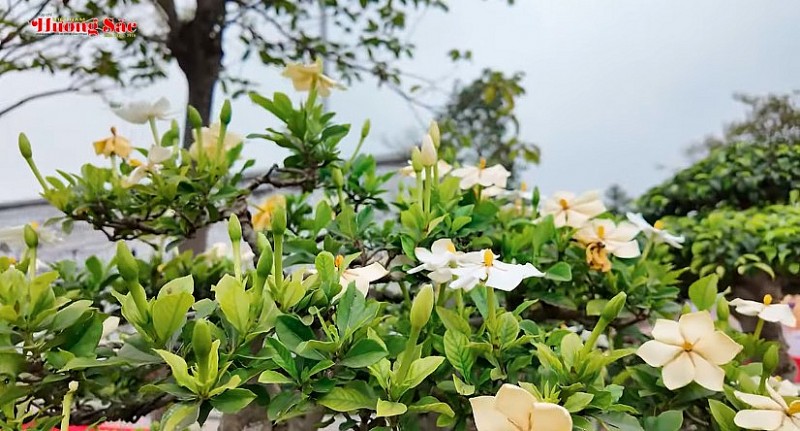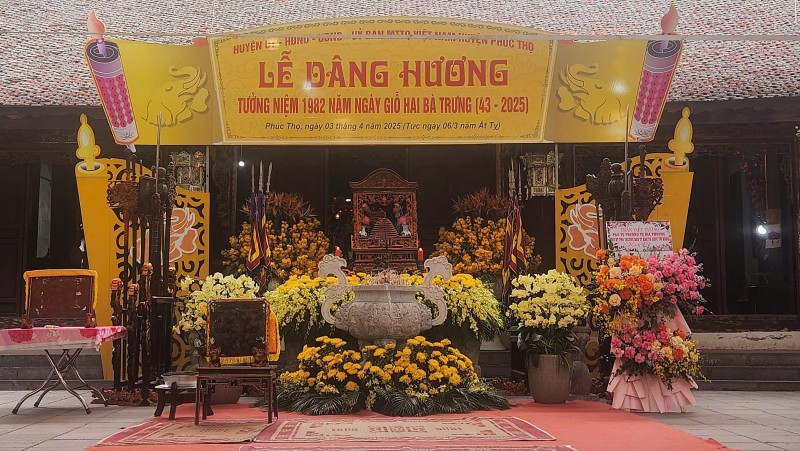Hat Mon Temple – Historical Mark of Hai Ba Trung
Symbol of the indomitable spirit of Hai Ba Trung
On the S-shaped strip of land, there are temples that are not only sacred places of worship but also symbols of patriotism and national pride. Hat Mon Temple (located in Phuc Tho District, Hanoi City) is one of such places. This is not only a place associated with the life and career of the Trung Sisters, the first two outstanding heroines in the history of the Vietnamese nation, but also a testament to the indomitable tradition of Vietnamese women through the ages.
According to historical records, Hai Ba Trung led an uprising against the Han Dynasty, affirming the spirit of autonomy and the desire for independence of the Vietnamese people. After losing the battle, Hai Ba chose to throw themselves into the Hat Giang River to preserve their integrity. To commemorate the merits of Hai Ba, local people built a temple right here, creating a sacred space, a convergence of folk beliefs and historical awareness.
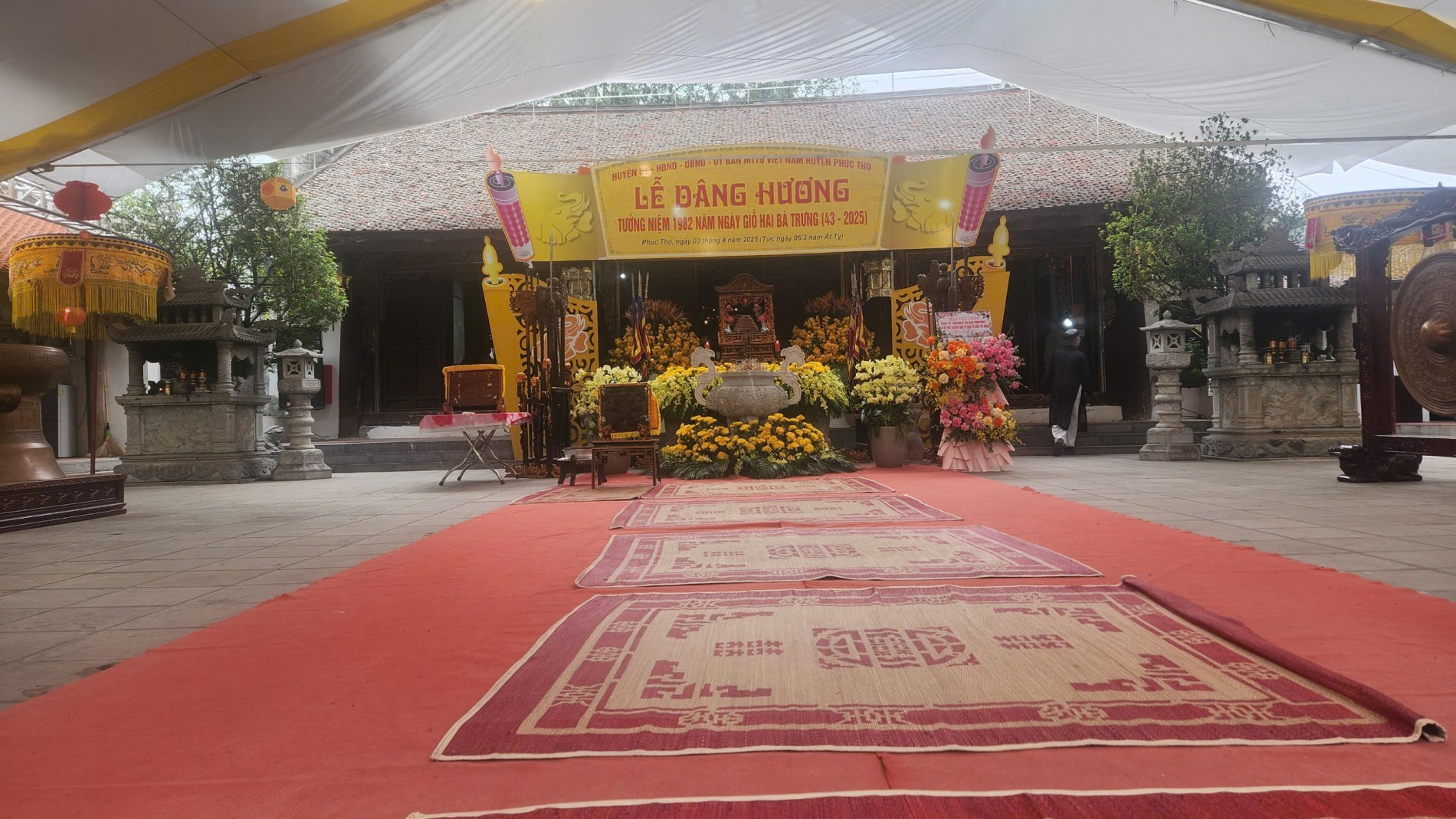 |
| The altar of Hai Ba Trung at Hat Mon Temple. |
Records of Hat Mon Temple appeared very early in ancient documents such as "Viet dien u linh", "Linh Nam chich quai", "Dai Viet su ky toan thu", along with Chinese historical documents such as "Hau Han thu" and "Thuy kinh chu". According to the book "Linh Nam chich quai" written in the 15th century, after the death of Hai Ba Trung, the people in the area built a temple at the mouth of Hat River to commemorate them. This is a sacred place, believed to be very responsive to the prayers of the people.
Initially, the temple was just a small temple with a simple thatched roof. Over the centuries, the temple was restored and expanded thanks to the contributions of the people and feudal dynasties. In particular, during the Le Trung Hung period, the temple was built by Duke Nguyen Ngoc Tri with many important items. The subsequent restorations were also recorded in ancient steles, reflecting the community's interest in this project.
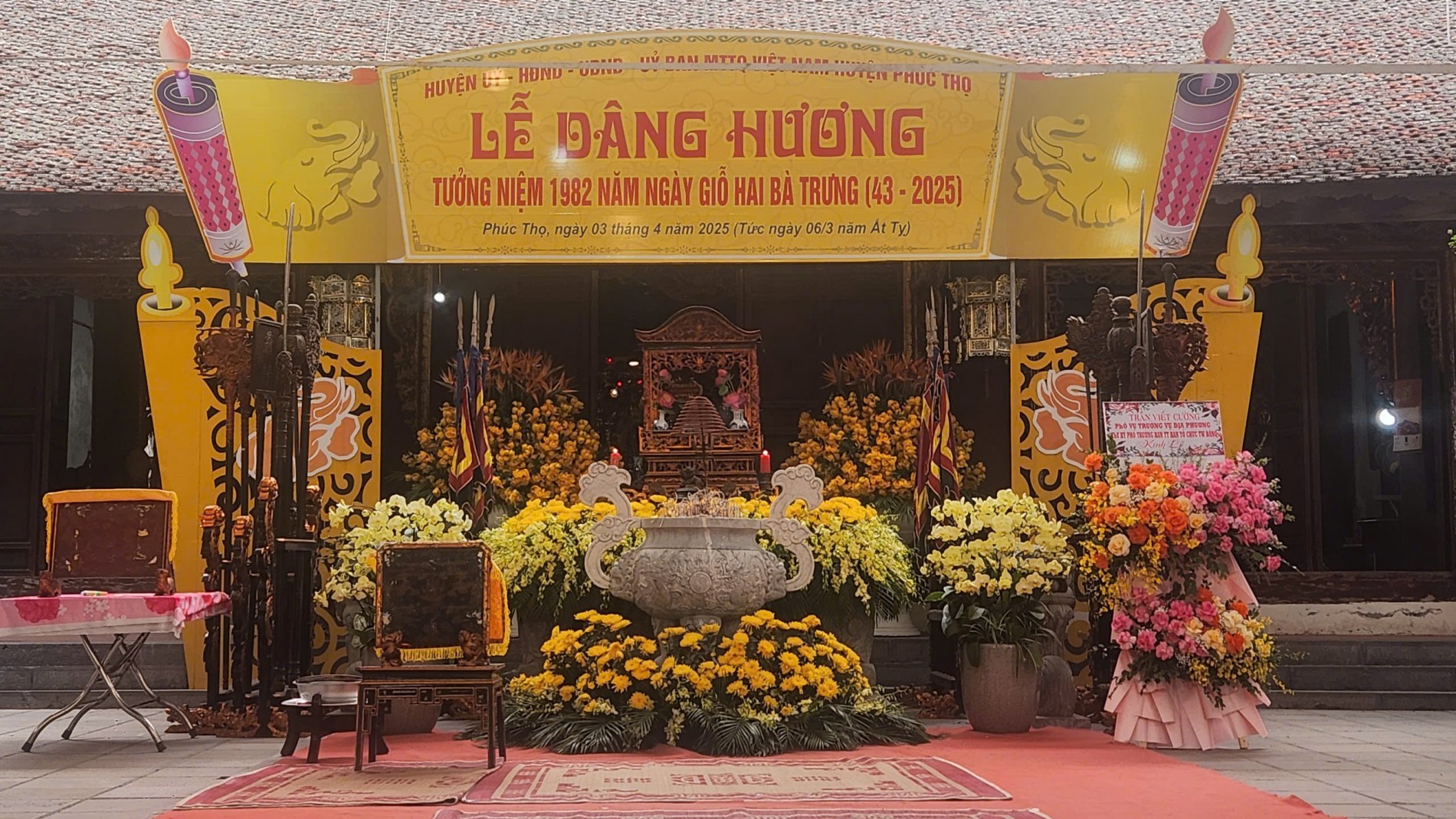 |
| Incense offering ceremony for Hai Ba Trung at Hat Mon temple. |
Today, the Hat Mon Temple complex consists of many unique architectural items located on a high ground with the "Dragon and Tiger" position on the Hat River dike. Passing through the Tam Quan gate, visitors will see works bearing strong historical imprints such as Quan Tien, Mieu Tam Ngu, Nha Dai Bai and Nha Stele. Each architecture in the temple contains profound cultural values, reflecting the respect of later generations for Hai Ba Trung.
One of the special features of the temple is that the worship objects in the temple are all painted black instead of the traditional red. According to "Dai Nam Nhat Thong Chi", this originated from the death of Hai Ba Trung due to war, so people avoided using red, a symbol of blood and war, to express their condolences and respect.
National intangible cultural heritage
Not only having architectural and historical value, Hat Mon Temple is also famous for its traditional festivals associated with the life and career of Hai Ba Trung. Every year, three main festivals are held at the temple, attracting a large number of locals and tourists to attend.
The biggest festival takes place on the 6th day of the 3rd lunar month, commemorating the death anniversary of Hai Ba Trung. This is an occasion for local people to hold solemn ceremonies, lasting from the 4th to the 9th of March. One of the special rituals in the festival is the offering of banh troi - a dish that, according to legend, Hai Ba Trung ate before committing suicide. Banh troi in Hat Mon village carries the meaning of gratitude to the woman who offered the cakes to Hai Ba, and is completely different from banh troi in the Chinese Han Thuc custom.
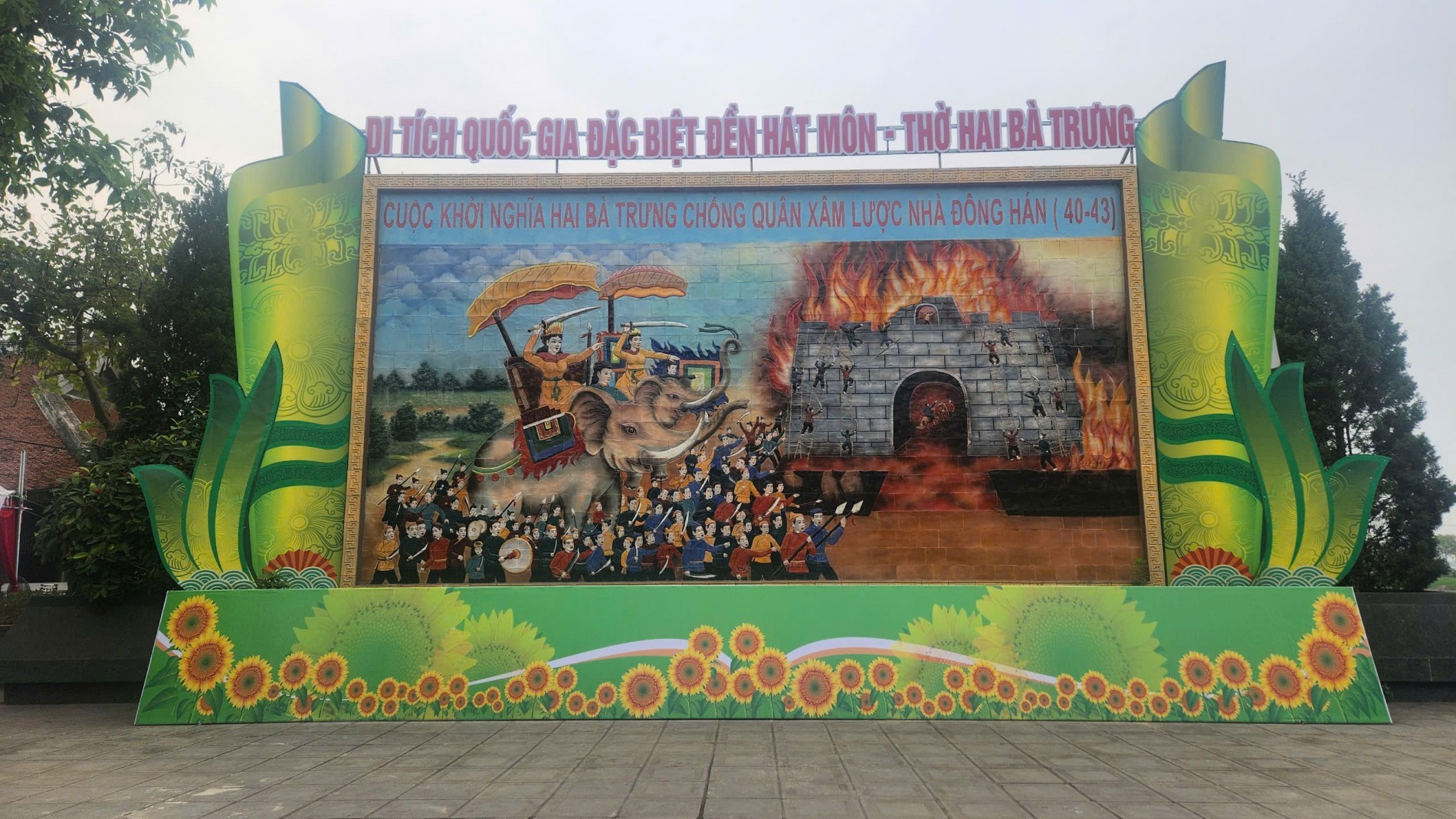 |
| Welcome gate at Hat Mon Temple. |
In addition to the death anniversary, the temple also organizes a ceremony to commemorate the day the Trung Sisters established the altar and sacrificed the flag of the uprising on the 4th day of the 9th lunar month. This event recreates the heroic atmosphere of the resistance war against foreign invaders, with traditional rituals such as palanquin procession, flag raising and folk games. Another important festival is on the 24th day of the 12th lunar month, commemorating the victory of the Trung Sisters. The palanquin procession takes place in the bright light of torches, recreating the splendor of the great victory day, expressing national pride.
In 2013, the temple was ranked as a special national monument. Three years later, in 2016, the Hat Mon temple festival was officially recognized as a national intangible cultural heritage. This is not only a recognition of the historical and cultural value of the temple but also shows the State and people's respect for the contributions of the Trung Sisters in the history of the nation.
Through many historical ups and downs, the temple is still one of the important spiritual destinations, where people return to their roots and express their respect to Hai Ba Trung. Not only is it a historical relic, the temple is also a testament to the heroic and indomitable tradition of Vietnamese women, contributing to fostering patriotism and arousing national pride.
With its great historical, cultural and architectural values, Hat Mon Temple needs to be preserved and promoted further to become a historical educational destination for future generations. The festivals and cultural activities at the temple are not only spiritual in nature but also play an important role in preserving national identity, helping every Vietnamese person imbued with the resilient spirit and indomitable will that Hai Ba Trung left for future generations.
Read more
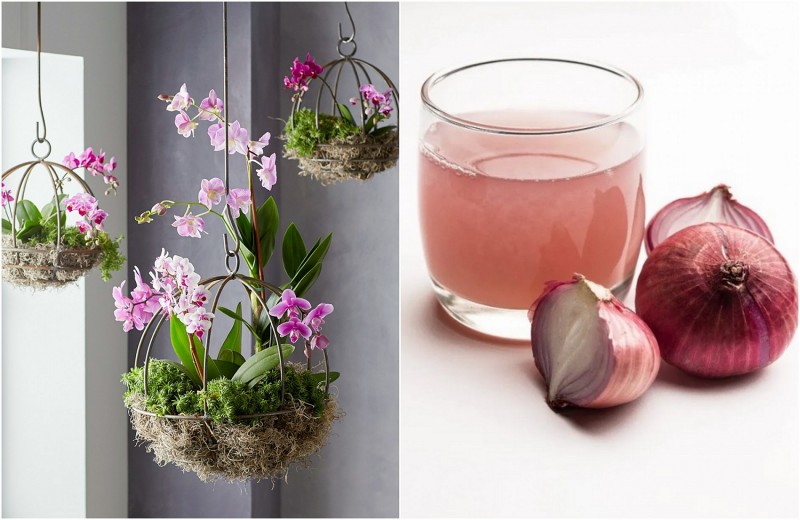

Bioponic vertical garden: When green sprouts in the heart of the city
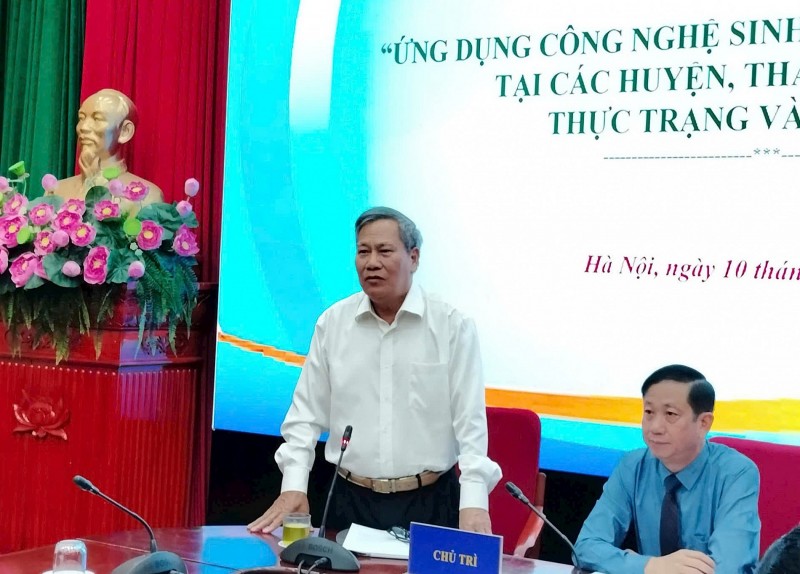
Breakthrough mechanisms needed to promote biotechnology application in Hanoi’s agriculture

Fish robots: Technological solutions open the era of smart aquaculture
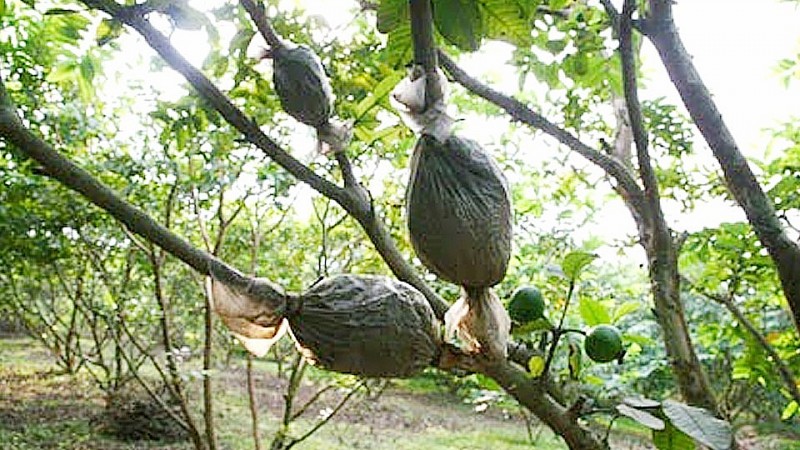
Air layering plants: An effective propagation method with great economic potential

Deteriorating air quality: Time for Hanoi to make bold investments in green spaces
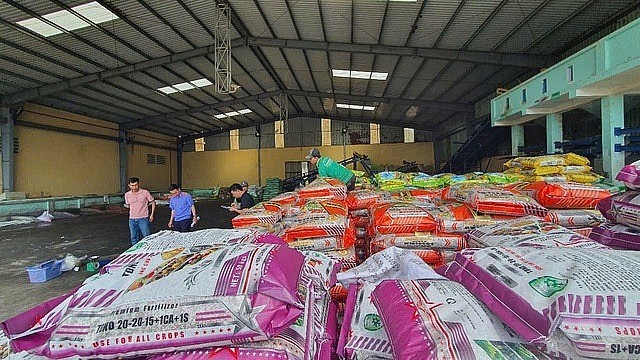
From fake fertilizers to green transformation: Opportunities in challenges

White Camellia: Nature-Healing Ornamental Treasure
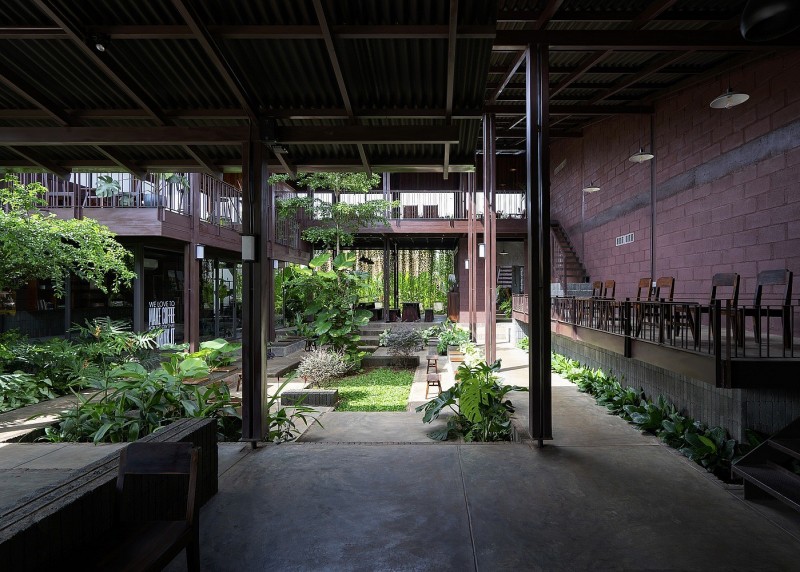
Coffee commune: A Green architectural space for community memory
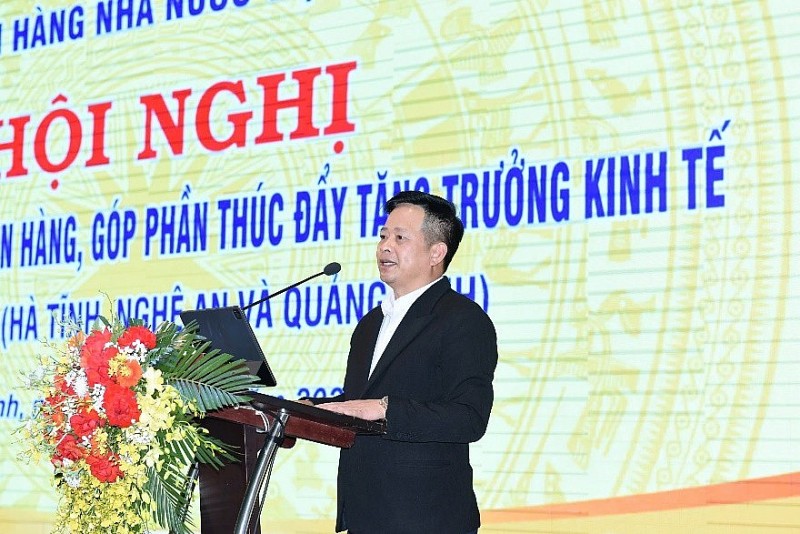
Accompanying sustainable agriculture: Perspective from Agribank and opportunities for developing Vietnam's Ornamental Plants industry
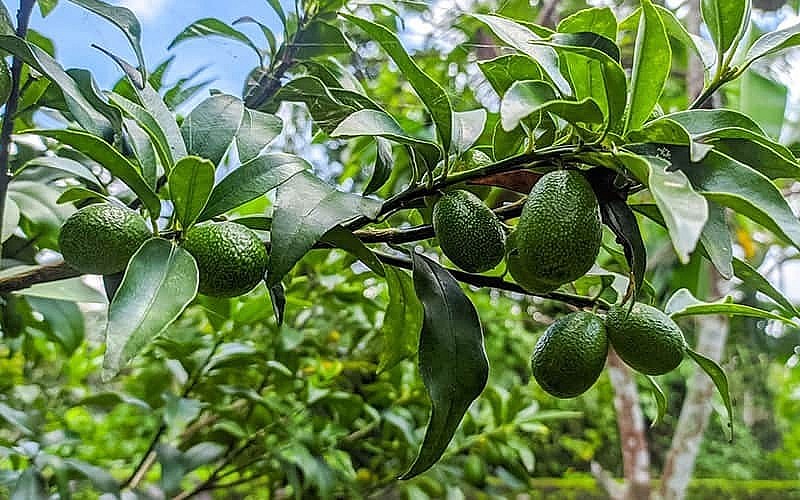
A superfruit widely grown in Vietnam, securing farmers stable income
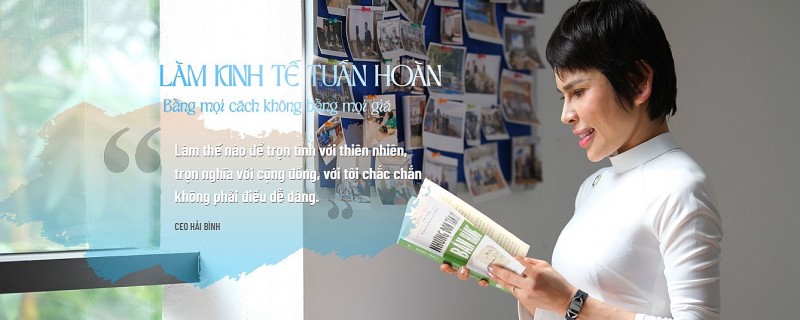
STP Group: Nguyen Thi Hai Binh - The pioneer woman bringing the ocean into the circular economy and the journey of "connecting values - connecting the community"
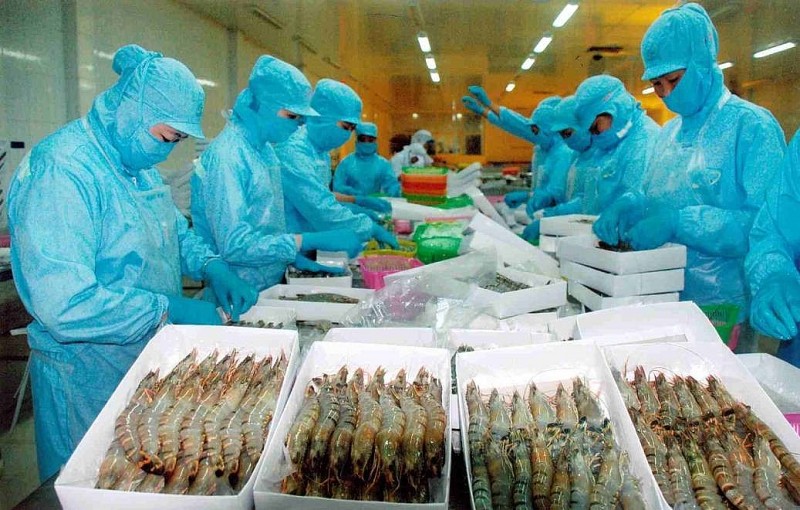
US imposes 46% reciprocal tax on Vietnamese goods: Risks and solutions for agricultural exports
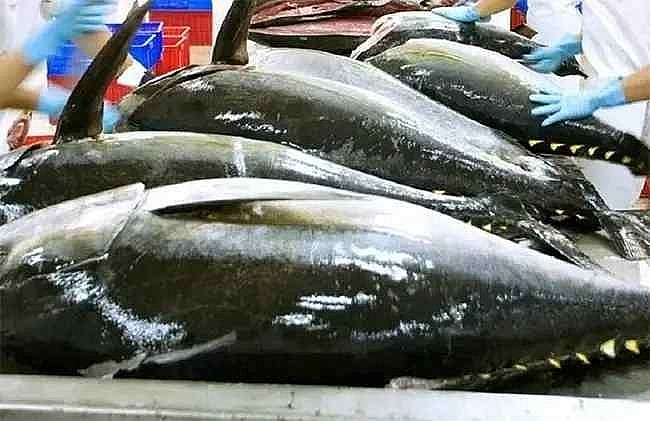
After durian, Vietnamese tuna emerges as a strong competitor to Thailand in global market
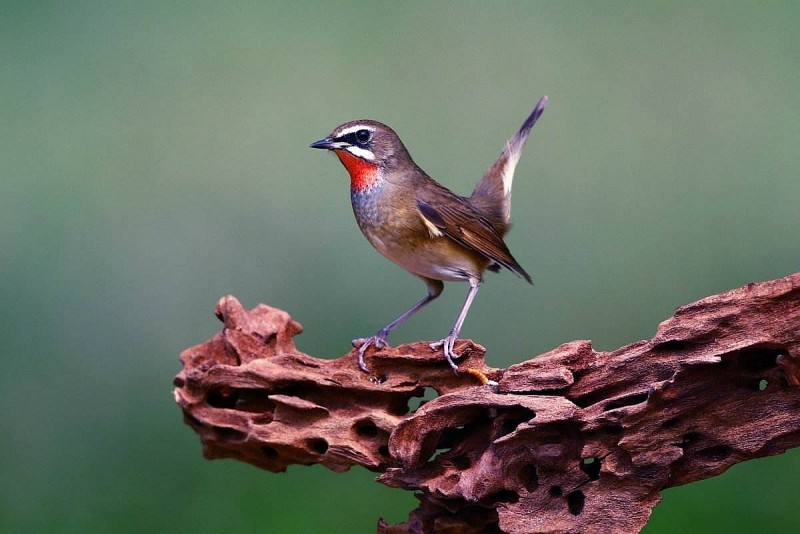
Discovering 4 bird species that have captivated the Chinese for centuries
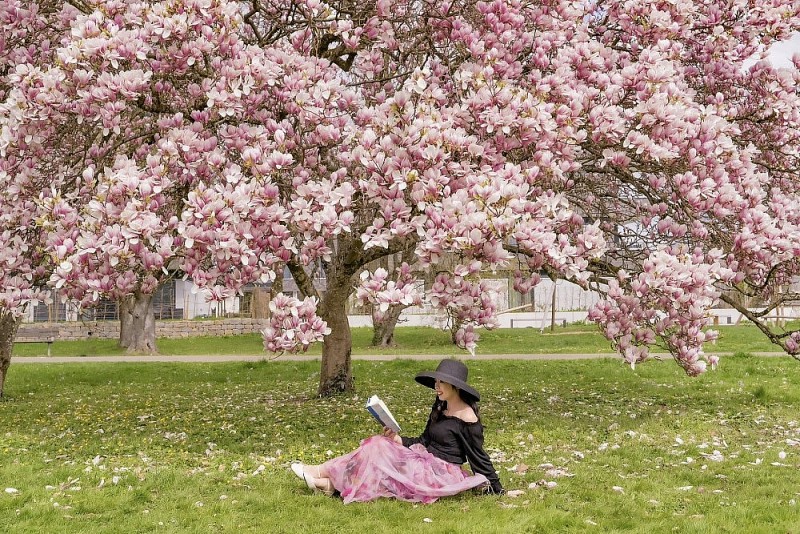
Vietnamese women and magnolia blooming seasons in Europe

Planting native species: A global trend for greener homes and bird-friendly spaces

56-year-old man living alone in the forest for 27 years with birds
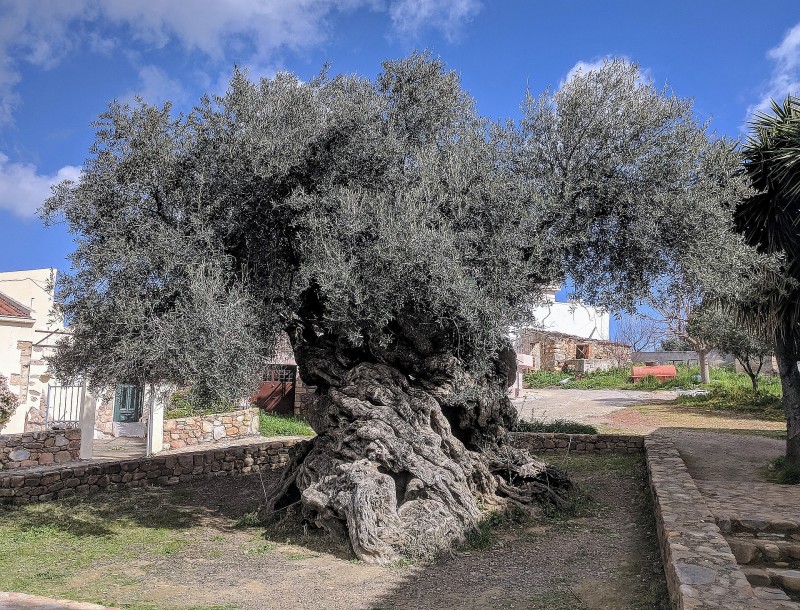
Gazing at a 5,000-year-old olive tree in Greece

Phong Nha - Ke Bang National Park: Revival of 7 rare Indochinese tigers
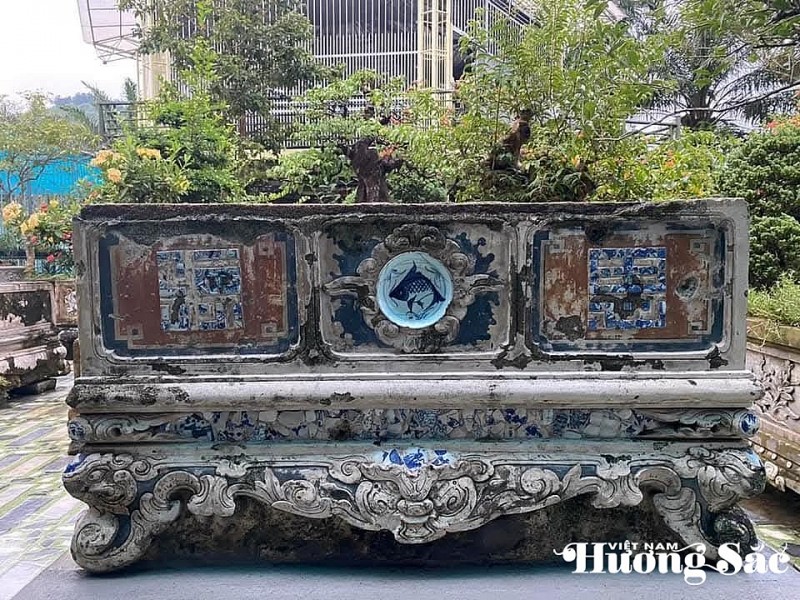
The 9X artist turns water hyacinth into living art
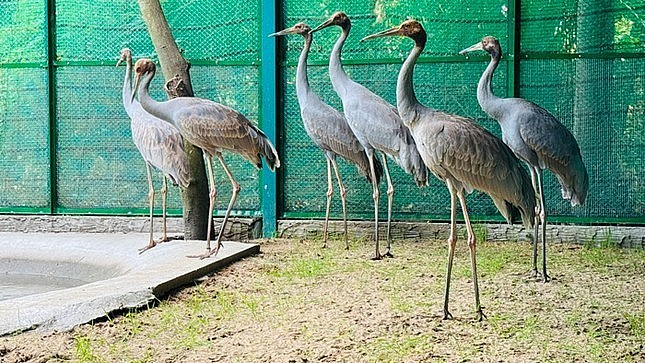
6 Sarus Cranes complete quarantine, set to return to Tram Chim National Park

Hong Loan Mai – The graceful charm of a bonsai beauty
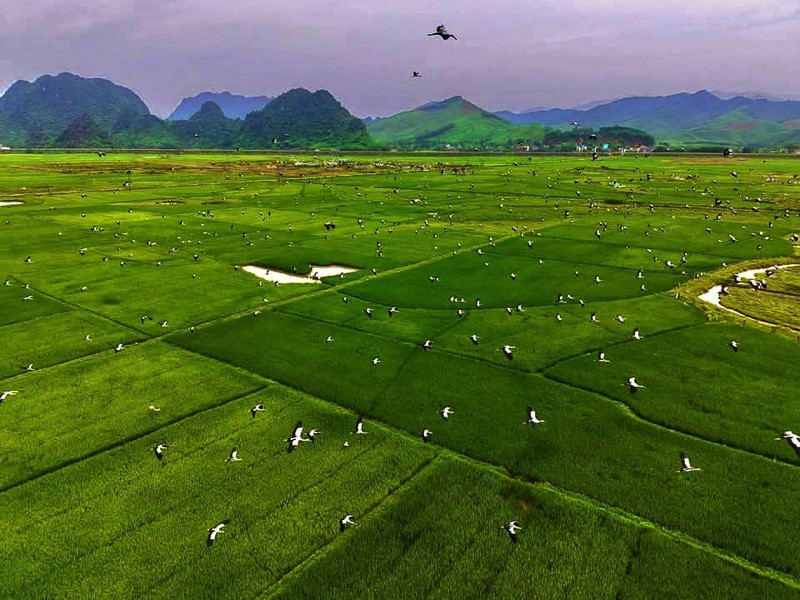
Endangered stork species making surprise appearance in Phong Nha - Ke Bang

Department of Crop Production and Plant Protection: "Orienting the total production value of flower and ornamental plant sector reach 70-75 trillion VND by 2025"

The 9X artist turns water hyacinth into living art

Over 1,000 artworks featured in the 2025 Expanded Ornamental Creatures Exhibition of Van Giang District

Endangered stork species making surprise appearance in Phong Nha - Ke Bang

Over 1,000 master bonsai trees gather in Quang Ngai, dazzling plant enthusiasts
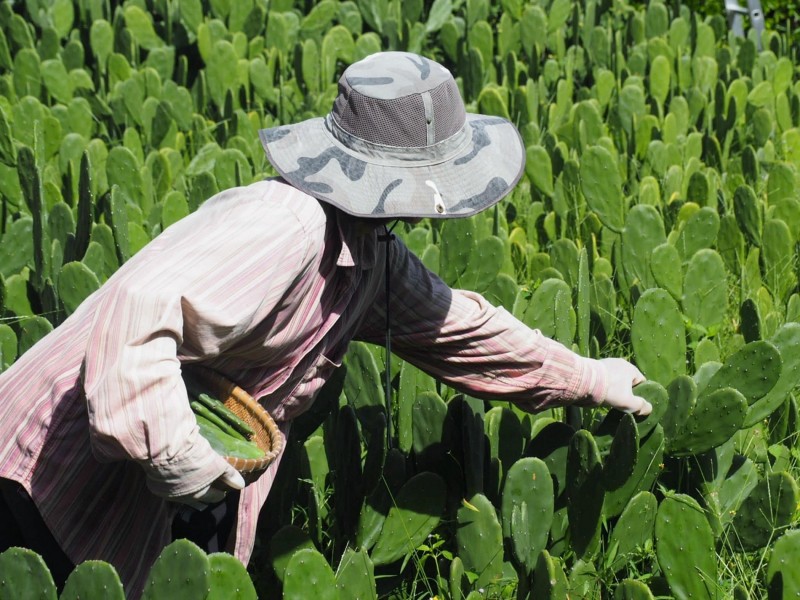
Leaving a $1,000 office job, engineer turns cactus into food and drink
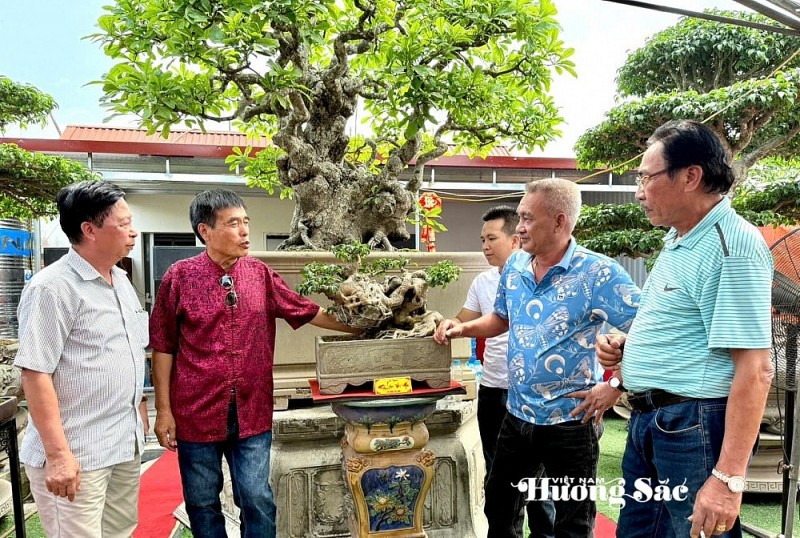
Hoa "Taxi" - A typical bonsai artist in Van Giang District, Hung Yen Province
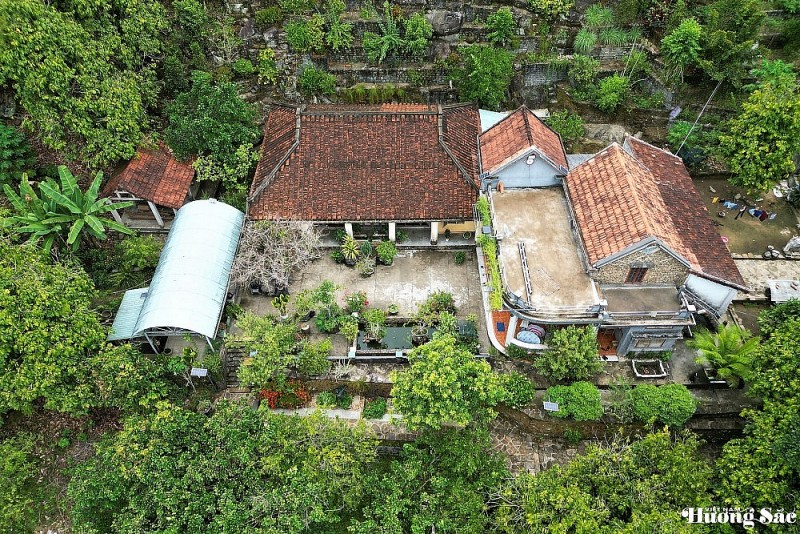
Look inside the million-dollar jackfruit wood ancient house in Quang Nam Province
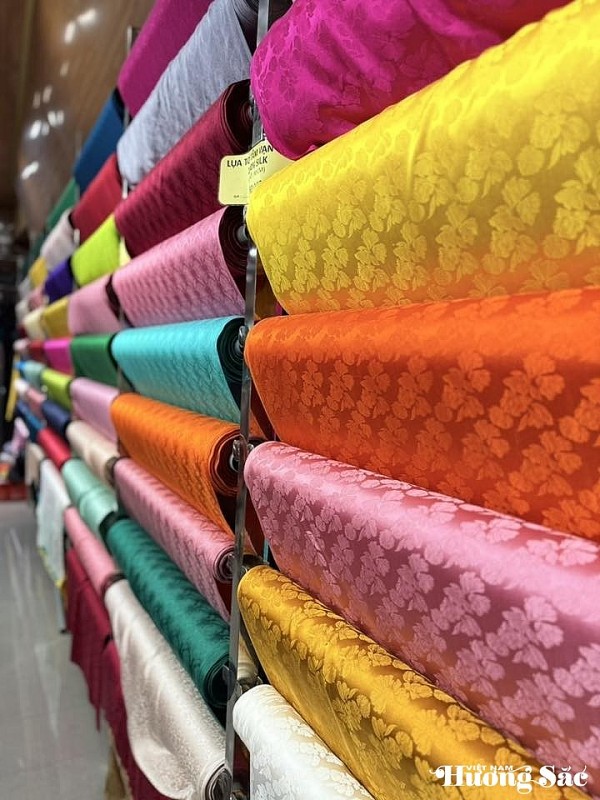
Van Phuc Silk Village: Weaving tranquility through memories and colors
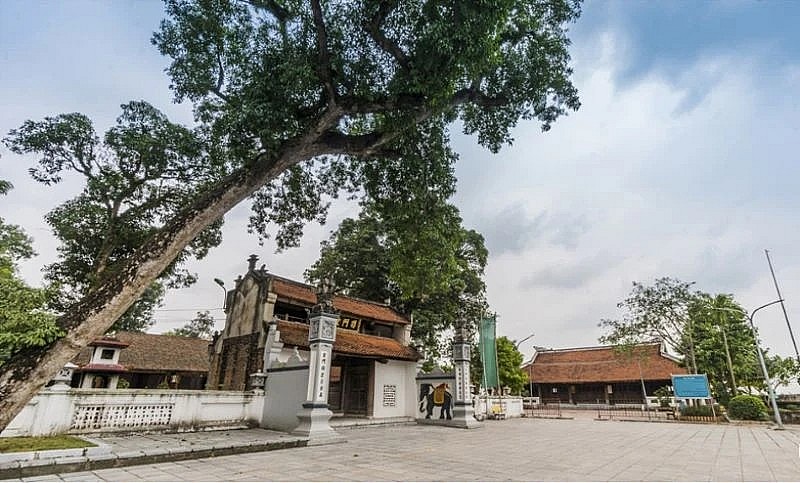
Exploring Hat Mon Temple in Hanoi
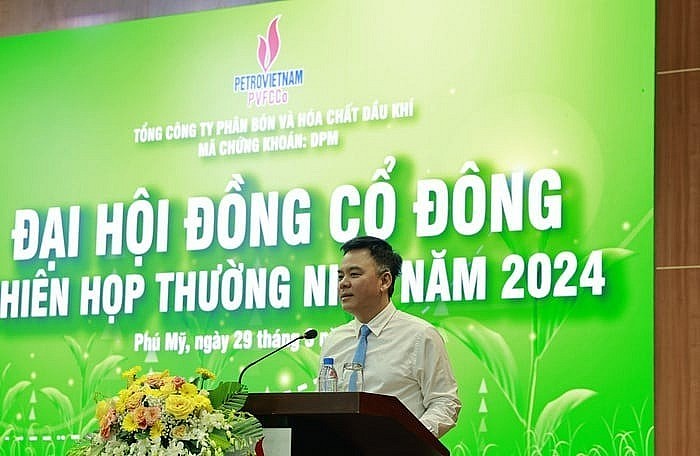
From the first granule of urea to a national brand: PVFCCo and its mission beyond the continent

STP Group: Nguyen Thi Hai Binh - The pioneer woman bringing the ocean into the circular economy and the journey of "connecting values - connecting the community"
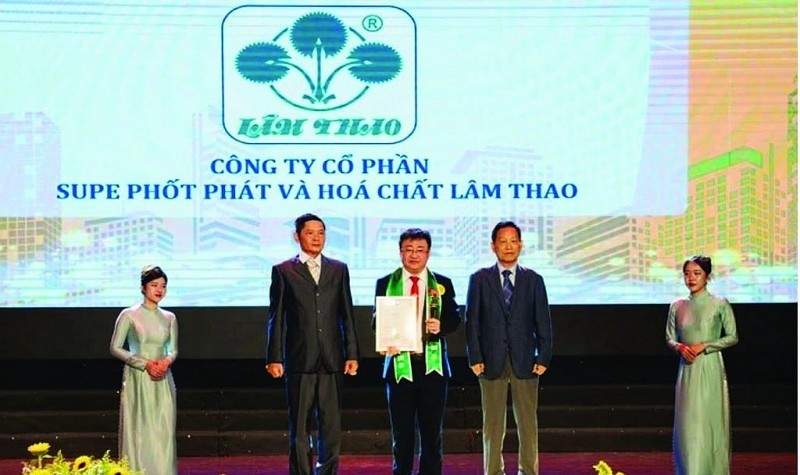
Toward the Celebration of the 63rd Anniversary of Lam Thao Superphosphate Company: From following President Ho Chi Minh’s wish to a national brand

Trailer introducing the special issue of Vietnam huong sac Magazine, published on May 19
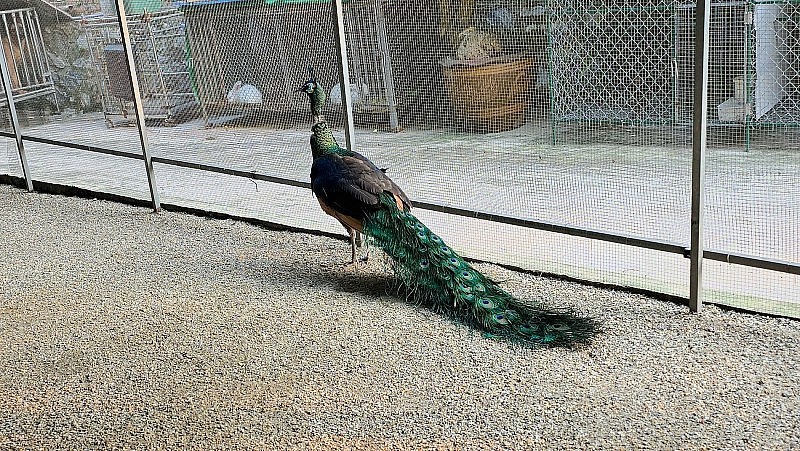
Surprised by rare songbirds at Dung Tan Center in Thai Nguyen Province
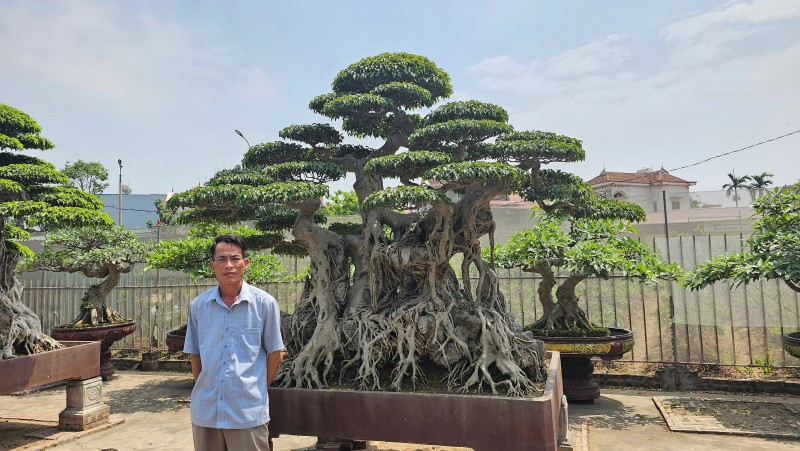
A passionate horticulturist committed to preserving the Sanh Da bonsai lineage in Hưng Yên

Look inside the million-dollar jackfruit wood ancient house in Quang Nam Province
